By Andrea García, Hofstra University, Hempstead, NY, and Carmen Martínez-Roldán, Universtiy of Texas, Austin, TX
Stories, novels, are the truth according to character… you are not talking about the truth universally, you are talking about the particular individual embodiment of different truths. — Julia Alvarez (2009, Radio interview KUER)
Whether multicultural literature is alien or exotic is not inherent in itself, but rather lies in the perception of the reader. From the perspective of marginalized ethnic groups this new category of literature is not alien or exotic at all. Instead, it represents their world, reflecting their images and voices. When it is incorporated into the curriculum, children from these groups find characters with whom to identify in the books they read in school. (Cai, 2002, p. 11)
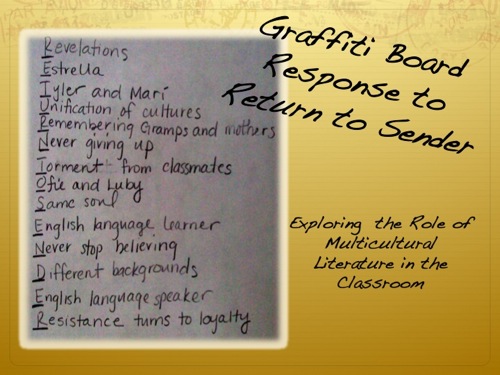
In the last decade, much has been written about the multiple and contested meanings of multicultural literature. In particular, scholars focusing on this issue caution that different definitions of what constitutes multicultural education may impact the ways in which this type of literature is used in the classroom. Making a distinction between a pedagogical and a literary definition of multicultural literature, Cai (2002) writes that, “the pedagogical definition of multicultural literature is predicated on the goal that this category of literature is supposed to achieve: Creating a multicultural curriculum and implementing multicultural education” (p. 4). In this respect, multicultural literature has the potential to help expand the curriculum and bring a pluralistic perspective, one that is inclusive and democratic versus exclusive and hegemonic.
Continue reading →
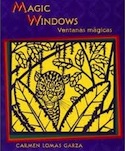 Reading Time: Magic Windows/Ventanas Mágicas (1999) by Carmen Lomas Garza
Reading Time: Magic Windows/Ventanas Mágicas (1999) by Carmen Lomas Garza

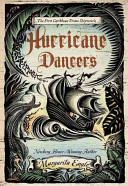 In this week’s blog, Elizabeth Morphis, a university student taking my Latino literature course, conducted a read aloud of the book
In this week’s blog, Elizabeth Morphis, a university student taking my Latino literature course, conducted a read aloud of the book 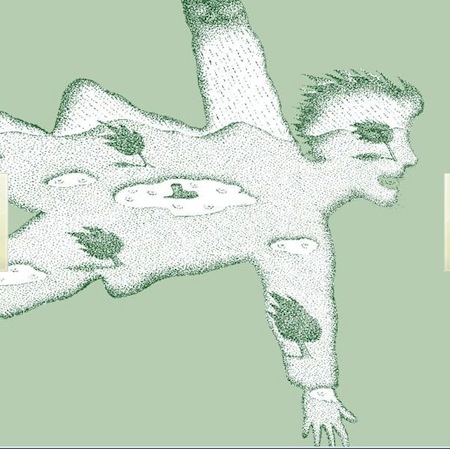
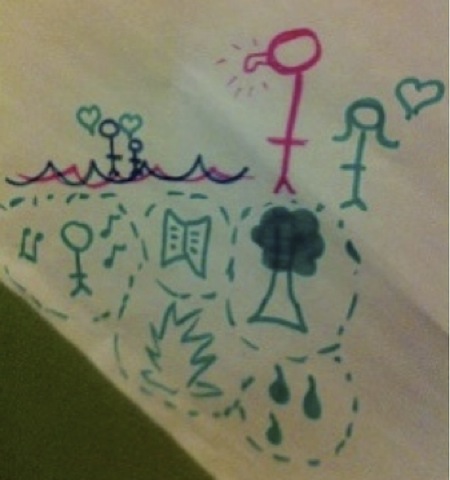
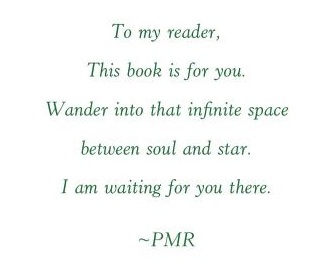
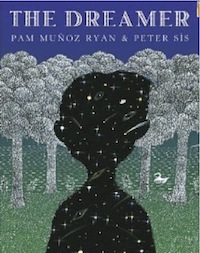
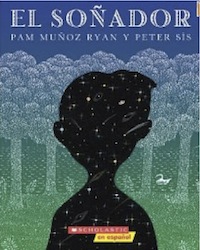
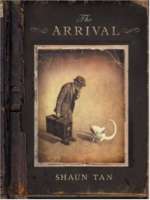 The IBBY Congress offered multiple opportunities for learning about the reading experiences offered to children in different parts of the world. One of those experiences that was the focus of lively discussions involved children reading wordless texts in the project, “Visual journeys: Understanding immigrant children’s responses to the visual image in contemporary picture books.” Dr. Evelyn Arizpe, from the University of Glasgow, coordinator of the project, Dr Cecilia Silva-Díaz and Brenda Bellorín, from the Universitat Autonoma de Barcelona, and myself from The University of Texas at Austin, shared the power of the visual image in the graphic novel
The IBBY Congress offered multiple opportunities for learning about the reading experiences offered to children in different parts of the world. One of those experiences that was the focus of lively discussions involved children reading wordless texts in the project, “Visual journeys: Understanding immigrant children’s responses to the visual image in contemporary picture books.” Dr. Evelyn Arizpe, from the University of Glasgow, coordinator of the project, Dr Cecilia Silva-Díaz and Brenda Bellorín, from the Universitat Autonoma de Barcelona, and myself from The University of Texas at Austin, shared the power of the visual image in the graphic novel 

